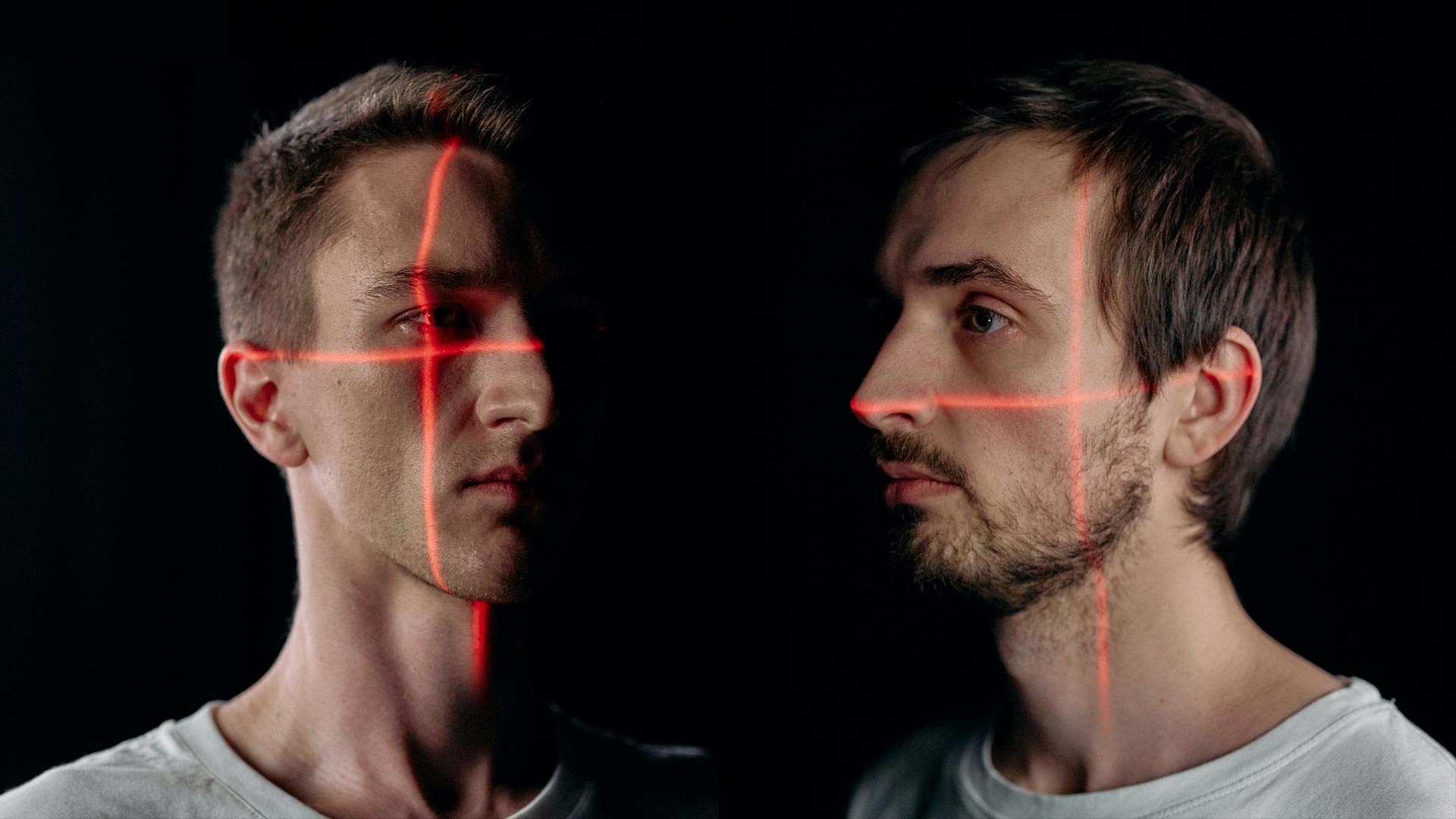Have you ever attended an office Christmas party where someone has an app that fixes the picture of someone’s head to a dancing Christmas character, and a humorous time is had by all who aren’t sober and feeling deeply awkward?
What is Deepfake?
DeepFake videos – a combination of Deep Learning and Fake – are becoming more widespread on Video sharing sites and social media. It’s harmless fun – who doesn’t want to see Nicolas Cage’s face on Kim Kardashian’s body, or Darth Vader speaking with the voice of Kenneth Williams? (“Oooh Matron, look at my light sabre!”)

photo from theguardian.com
It doesn’t even have to be a living actor. The Star Wars Spinoff Rogue One notoriously used a combination of old footage and CGI to bring Peter Cushing back to the silver screen as a cinematic Zombie.
These videos vary in quality, and you can spot a simple face swap in seconds. You can even find freeware on the internet that will help you put together a short Deepfake using templates.
How deepfake videos are created?
More convincing videos requires knowledge of machine learning, coding, and GAN. Now, we touched on GAN when discussing AI Art, but DeepFakes use it in a different way – feeding a computer algorithm information on the images. A sound-alike actor reads the new script and the program maps the actors face to the video, manipulating the original to the actor’s movements. Creating a Deepfake video is not in itself an illegal act, but that doesn’t mean the creator gets off scot-free. Deepfake videos are subject to copyright material and data protection.
The real problems arise when it involves politicians or other notable figures, and how fake footage can be used to misinform and manipulate.
Why deepfake videos are a problem?
An audio “Deepfake” which imitated a CEO’s voice in a phone call managed to scam a company out of millions of Euros. And some may remember the famous Buzzfeed video from a couple of years ago, featuring ex-president Barak Obama insulting Donald Trump in a -putting it mildly -“less than gentlemanly” manner. US comedian Jordan Peele quickly confirmed authorship. Despite the disclaimer, it instantly raised concern over how easy it was to fake a politician’s words. These types of Deepfakes also remove any accountability – any video or photo that depicts “A compromising position” can be claimed to be fake.
What can be done?
It is not a one-sided battle. Media giant Facebook has now banned Deepfakes from being uploaded, and UK company Fabula AI uses a system called “Geometric Deep Learning” to find false information online. Security software is now starting to catch up with the fakers.
But the greatest weapon here is vigilance. We both know that you are an intelligent person who doesn’t automatically believe Everything they see or believe on the internet (except for this blog, which is both informative and entertaining) but it’s easy to get sucked down that digital rabbit hole. The trick is to take your news feeds like you take a portion of chips – with a pinch of salt.
Unless it’s a twerking Santa with the head of Sid James. I think we can safely disregard that one.
Love, the tried, tested and true Lucidica Bard








